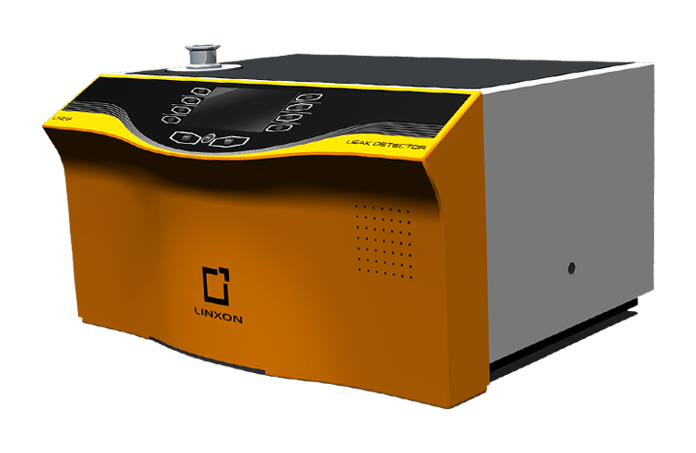Helium, a non-renewable noble gas, plays an essential role in various industries, including medical technology, scientific research, aerospace, and electronics manufacturing. As global helium reserves continue to dwindle, the need for innovative methods to conserve and recycle this critical resource has become increasingly evident. A helium recovery system is a groundbreaking solution that addresses this challenge by capturing, purifying, and reusing helium, thereby ensuring its sustainable use for future generations.
Understanding Helium’s Importance
Helium’s unique properties, such as its low boiling point, inert nature, and high thermal conductivity, make it indispensable in numerous applications. For example:
- Medical Applications: Helium is vital in magnetic resonance imaging (MRI) machines, where it cools superconducting magnets.
- Scientific Research: Particle accelerators and cryogenic experiments often require helium to achieve extremely low temperatures.
- Aerospace Industry: Helium is used in space exploration for pressurizing fuel tanks and purging systems.
- Electronics Manufacturing: The gas is crucial for creating controlled environments during semiconductor fabrication.
Despite its wide-ranging utility, helium is a finite resource primarily extracted from natural gas reserves. Its scarcity underscores the importance of implementing efficient helium recovery systems.
What is a Helium Recovery System?
A helium recovery system is a technology designed to capture and recycle helium that would otherwise be lost during industrial or laboratory processes. These systems typically consist of the following components:
- Capture Unit: This component collects helium from the process or equipment, such as cryogenic systems, welding operations, or gas chromatography setups.
- Compression and Storage: The captured helium is compressed and stored in specialized tanks to maintain its purity and usability.
- Purification Module: This unit removes contaminants from the captured helium, ensuring it meets the required specifications for reuse.
- Distribution System: Once purified, the helium is redistributed back into the process or stored for future use.
Benefits of Helium Recovery Systems
Implementing a helium recovery system offers numerous advantages, including:
1. Cost Savings
Recovering and reusing helium significantly reduces the need to purchase new helium supplies, leading to substantial cost savings over time. This is especially beneficial for industries with high helium consumption.
2. Environmental Sustainability
By reducing helium wastage, these systems contribute to conserving a finite resource. Additionally, they minimize the environmental impact associated with helium extraction and transportation.
3. Operational Efficiency
Helium recovery systems ensure a steady and reliable supply of high-purity helium, eliminating delays caused by supply shortages or market fluctuations.
4. Regulatory Compliance
Many industries face stringent regulations regarding resource management and emissions. A helium recovery system helps organizations meet these requirements by demonstrating sustainable practices.
Applications of Helium Recovery Systems
Helium recovery systems are versatile and can be adapted for various industries and applications, including:
1. Cryogenics
Cryogenic laboratories and facilities often use helium for cooling superconducting magnets and other equipment. Helium recovery systems capture boil-off helium and recycle it, reducing overall consumption.
2. Welding and Metal Fabrication
In industries where helium is used as a shielding gas during welding, recovery systems can capture excess helium from exhaust gases and reuse it, enhancing efficiency.
3. Semiconductor Manufacturing
Helium’s role in creating ultra-clean environments for semiconductor production makes it an ideal candidate for recovery systems. These systems ensure a consistent supply while reducing costs.
4. Research and Development
Universities, research institutions, and laboratories often use helium in experiments and testing. Helium recovery systems help maintain sustainable operations by recycling used helium.
Challenges in Implementing Helium Recovery Systems
Despite their advantages, helium recovery systems face several challenges:
1. Initial Investment
The upfront cost of installing a helium recovery system can be significant. However, the long-term savings and benefits often outweigh the initial expense.
2. Technical Complexity
Designing and operating a helium recovery system requires specialized knowledge and expertise. Ensuring the system functions optimally involves meticulous planning and maintenance.
3. Space Requirements
Helium recovery systems may require substantial space for equipment and storage tanks, which can be a constraint for smaller facilities.
4. Variable Purity Levels
Helium used in different applications may have varying purity requirements. Developing a system capable of handling these differences can be challenging.
Innovations in Helium Recovery Technology
Recent advancements in helium recovery technology have addressed many of these challenges, making these systems more accessible and efficient. Innovations include:
- Modular Designs: Compact, modular systems are now available, making it easier to integrate helium recovery into existing operations.
- Advanced Purification Techniques: New filtration and membrane technologies improve the efficiency of helium purification processes.
- Automated Systems: Automation simplifies the operation and monitoring of helium recovery systems, reducing the need for manual intervention.
The Future of Helium Recovery Systems
As global helium reserves continue to decline, the adoption of helium recovery systems is expected to grow. Governments and industries worldwide are recognizing the importance of conserving this critical resource. In the future, we can expect:
- Increased Research and Development: Ongoing innovation will lead to more efficient and cost-effective recovery systems.
- Wider Adoption Across Industries: As costs decrease and awareness increases, more industries will implement helium recovery systems.
- Stronger Regulatory Support: Governments may introduce policies and incentives to encourage the use of helium recovery technologies.
Conclusion
A helium recovery system is more than just a technological innovation; it is a necessity in today’s resource-conscious world. By capturing and recycling helium, these systems offer a sustainable solution to the challenges posed by helium scarcity. They not only ensure the continued availability of this invaluable gas but also contribute to environmental conservation and economic efficiency.
Investing in helium recovery systems represents a forward-thinking approach to resource management. As industries and researchers continue to rely on helium for critical applications, embracing these systems will play a vital role in securing a sustainable future.





